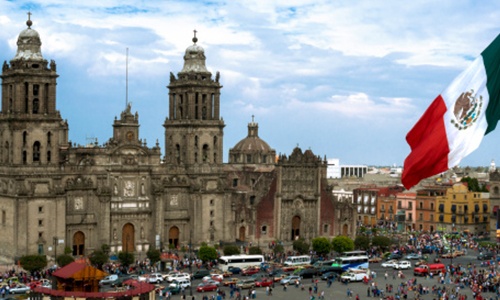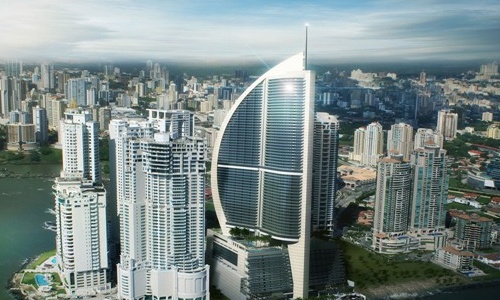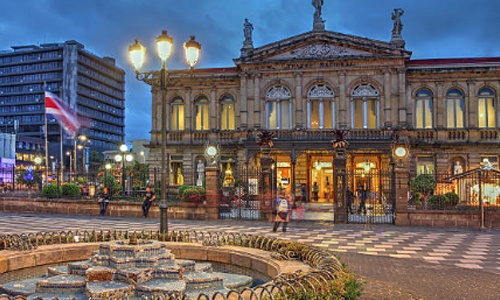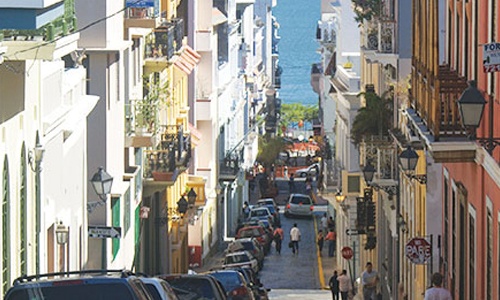
Cincinnati, OH
Cincinnati is part of the state of Ohio, U.S. Nevertheless, the larger Cincinnati metropolitan Area extends into counties within Kentucky and Indiana as well. It houses several large corporations and manufacturing facilities. Cincinnati is very well connected through a series of highways making inflow and outflow of passenger and goods very convenient. Cincinnati ranks as the 29th metropolitan economy in the US. Its growth relies on the management, business and finance sectors; as well as manufacturing and marketing. In addition, the city has an important international trade (around $6.7 billion in sales outside US) and a high amount of foreign investment, which include several foreign owned companies relocating into the city. Located on the mid-west facilitates the connection of businesses with both the east and west states. This provides an important advantage to the city, which could enable the increase of service providers that could handle business coast to coast from a well-positioned central location. This growth requires a specialized work force and base infrastructure in order to allow competitiveness. To the city’s advantage, the university provides an important amount of the skilled workforce required in the market place. It is also the number one employment provider for the city as well as a development center. Nearby urban centers are tough competitors for Cincinnati, cities like Chicago and Minneapolis-St. Paul are positioned as more appealing than Cincinnati. Nevertheless, improving the cities macroeconomics and continued attraction of businesses and foreign investment behind incentive programs can position Cincinnati ahead of rival cities and propel its expansion.









